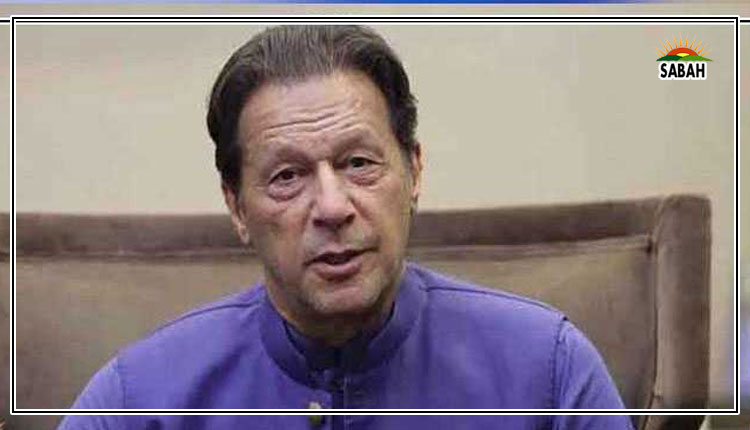Dirty Wars…. Imran Jan
The above is a title of the book by one of the brave investigative journalists namely Jeremy Scahill. This book was released in 2013. I still remember going to a local book store in America trying to get a copy. The price was $29 and some change. While at the store, I checked the price on Amazon on my phone. It was $19 and some change. I couldn’t wait for the delivery time, which I believe was 2 days and paid the higher price. I started reading the book in December 2022. Maybe I should have waited for that Amazon delivery.
By reading the book so late that even some of the characters and facts have become irrelevant, in retrospect, it gives a better understanding of things that transpired and especially since we now know the result of almost all of those things, almost all secrets revealed, it’s like watching a complicated and mind numbing movie a second time to make better sense of things. It is talking about the events around the years 2008 and 2010 and even sometimes goes back in time until around 1998. The best thing about reading this book now instead of earlier is that there is a straight line to everything that transpired due to the events mentioned. There is no suspense because I am reading from the future. I can hop in and out of the timeline. And while I can say a lot to make sense of things in the broad scheme of things, one thing is clear: the past is only a prologue.
There are some interesting facts surrounding Raymond Davis and that eventful day of January 27, 2011 when he shot people in broad daylight in Lahore. Much has been said and written about Raymond Davis and that incident and the blood money that resulted in the court releasing him from the Pakistani prison. Maybe what I am about to write was already known to the journalists and columnists of Pakistan but I confess that I did not know this part about Davis that he was not only working for the CIA and Blackwater but also for some high ranking Pakistani officials as well as some Pakistani security firms.
Furthermore, while there had been many conspiracy theories but one has not been ruled out by many: that he was perhaps the CIA station chief in Pakistan. This one held weight because the timing of his arrival in the country coincided with the timing of the CIA station chief Jonathan Bank’s departure. As soon as Ahmed Shuja Pasha was named in the Mumbai bombing lawsuit in the US, there was firm belief that the ISI punished the Obama administration by leaking the identity of Banks as the CIA station chief. He had to be whisked out of Pakistan immediately owing to threats to his life. And that is when Davis arrived in Pakistan.
Another conspiracy theory regarding Davis was that he was in Pakistan working on a US plan to snatch Pakistan’s nuclear arsenals to avoid them falling into the hands of the terrorists. Turns out; this was no conspiracy theory. This was a real plan for which Davis was actively trying to create chaos to justify such a takeover, as part of his work for what is called the Joint Special Operations Command (JSOC).
The book is very long but the other fact that got my attention is that long before the Raymond Davis incident, the ISI rank and file knew about the identities and on the ground actions of many CIA operatives disguised as US diplomats. But those ISI personnel couldn’t convince the US friendly top brass to think otherwise. On the US side, the White House was able to convince all the American newspapers and media outlets to withhold reporting the fact that Raymond Davis was indeed a spy and not a diplomat. The proudest democracy was able to quiet down their journalism. Pakistan’s top spies couldn’t detect tradecraft.
Courtesy The Express Tribune












